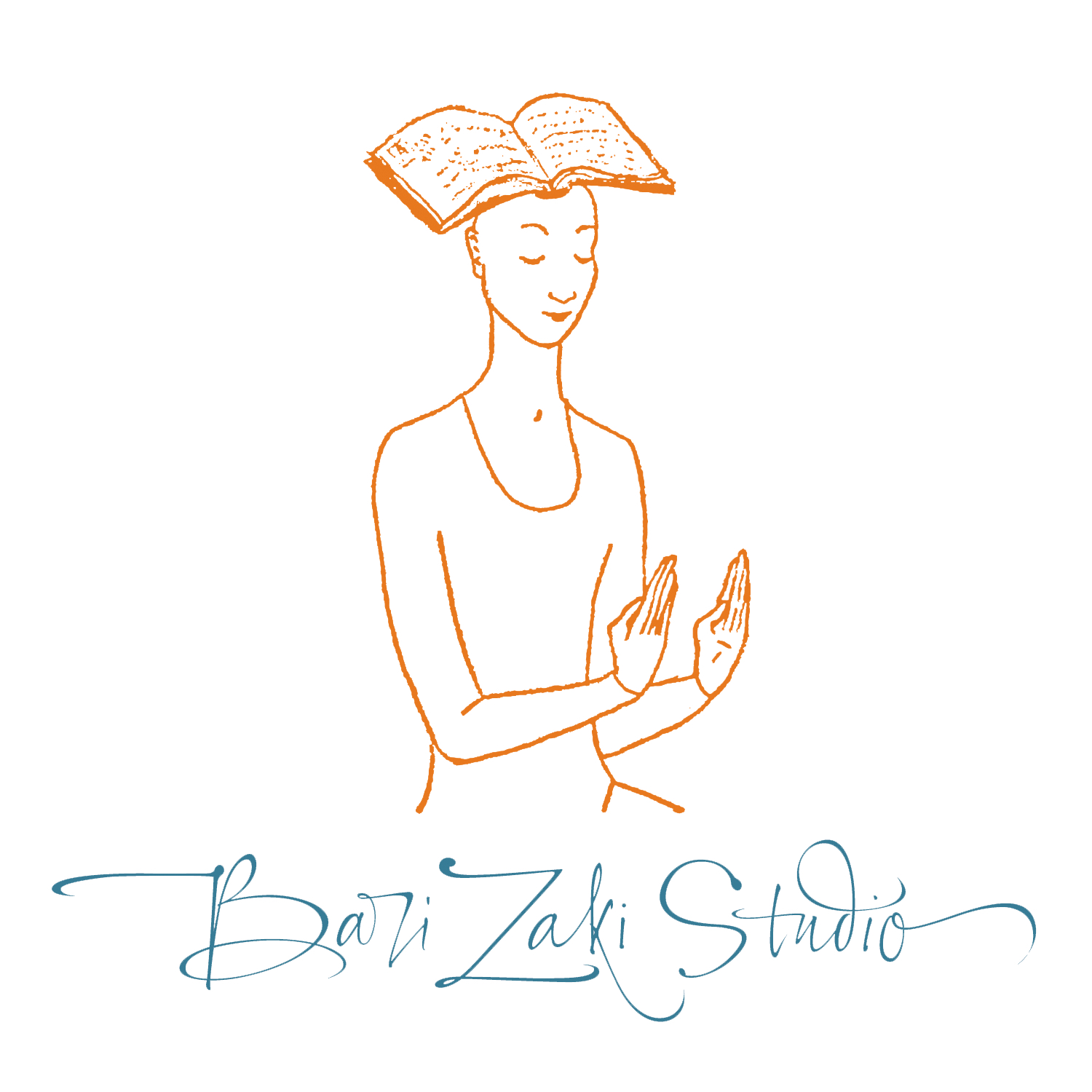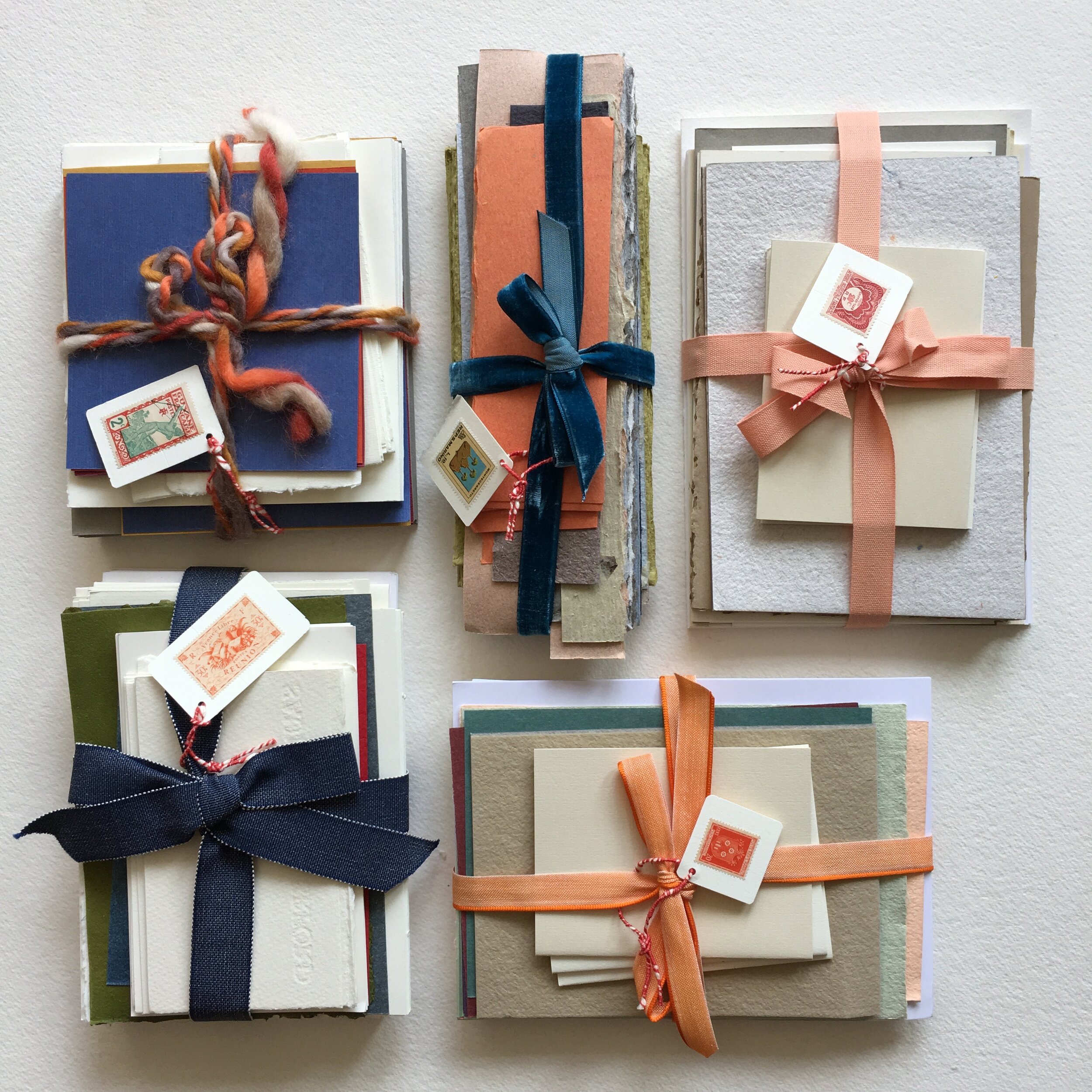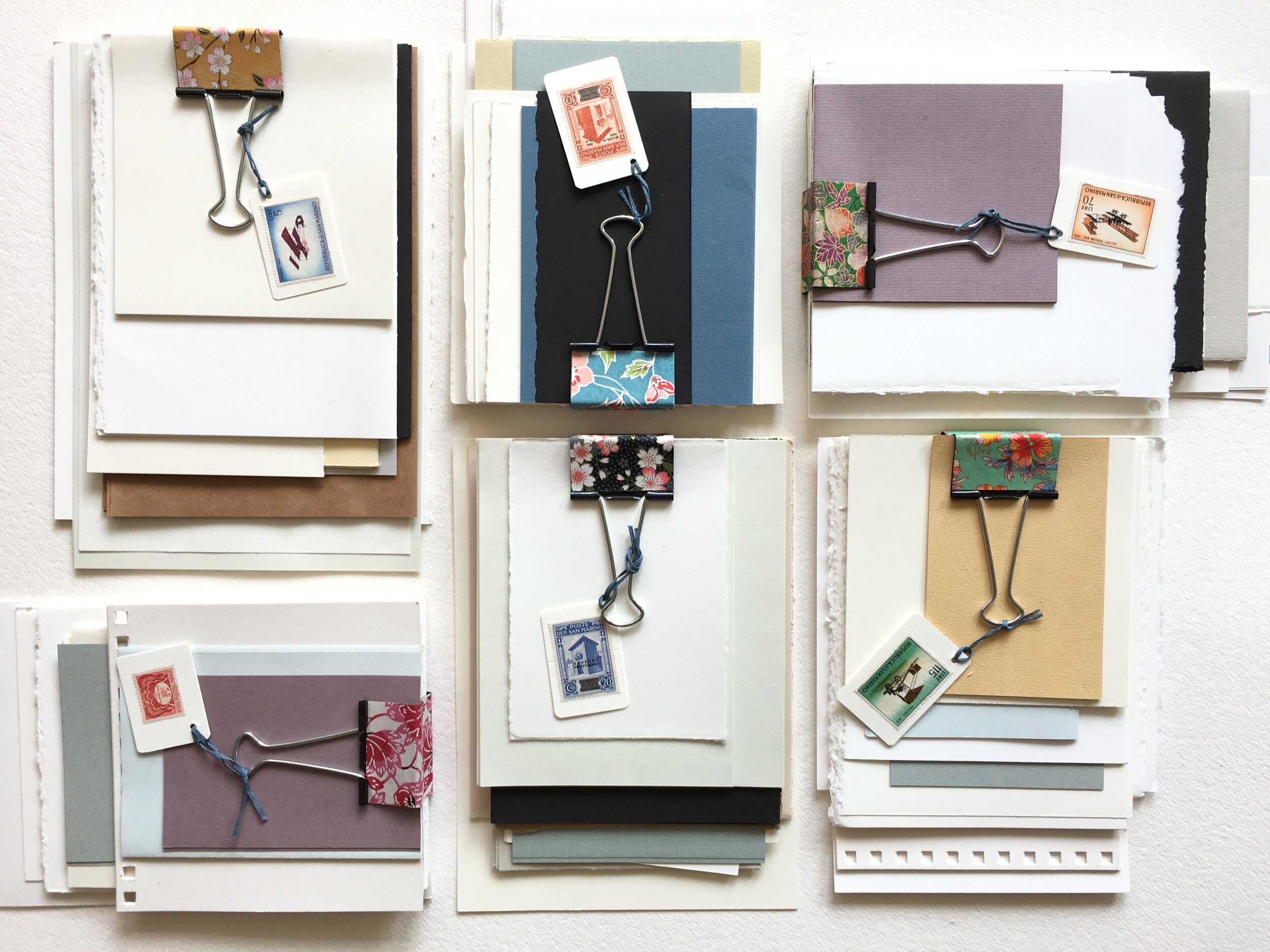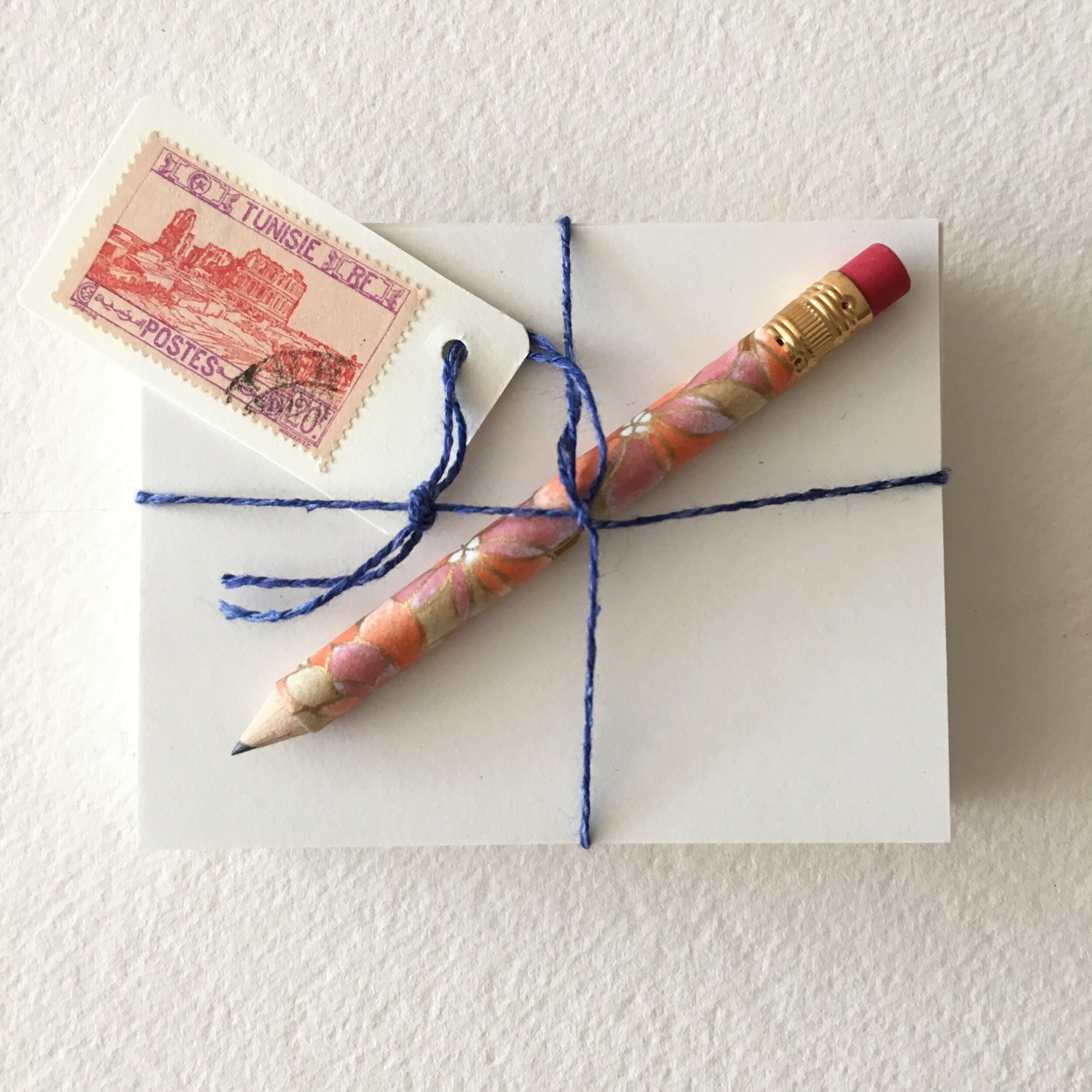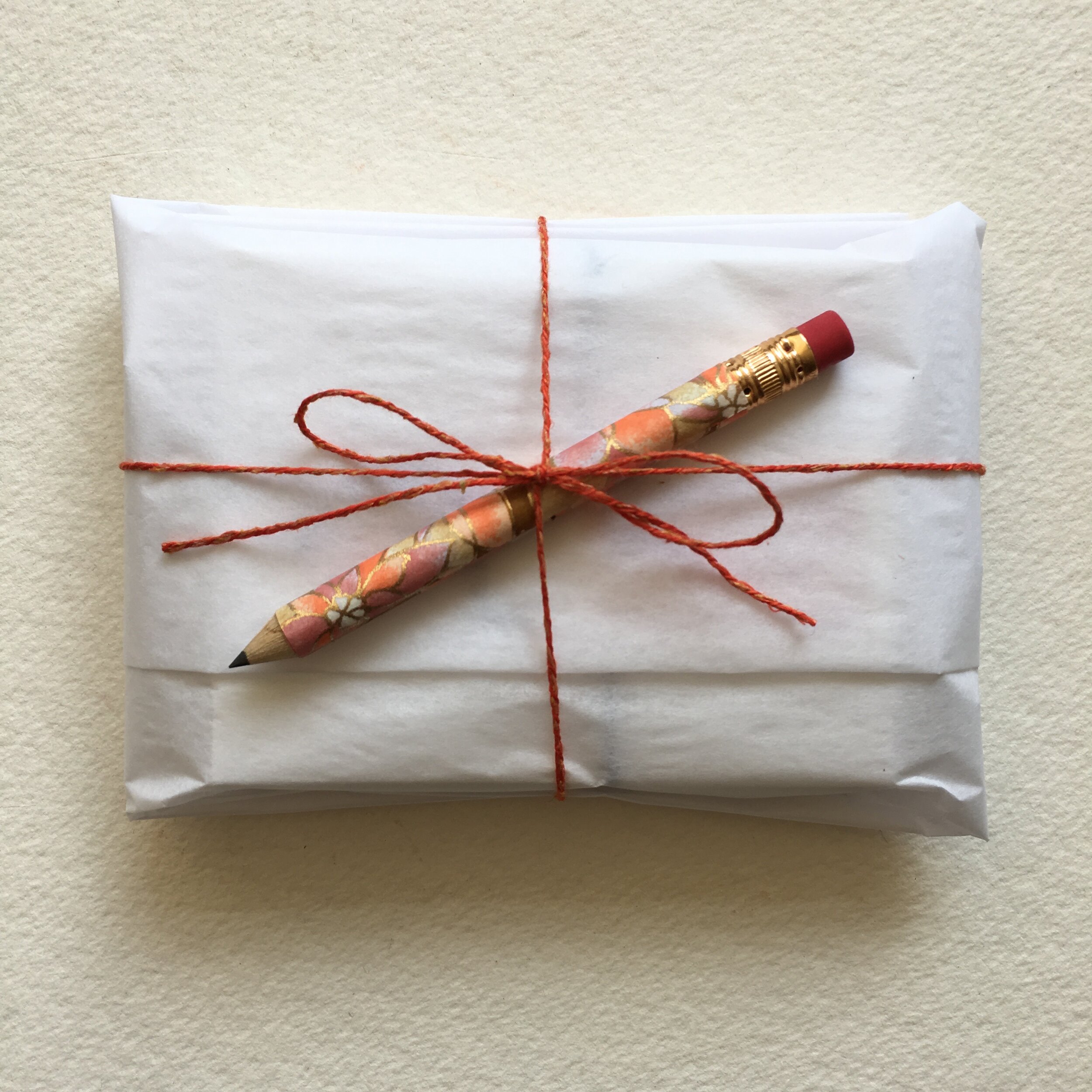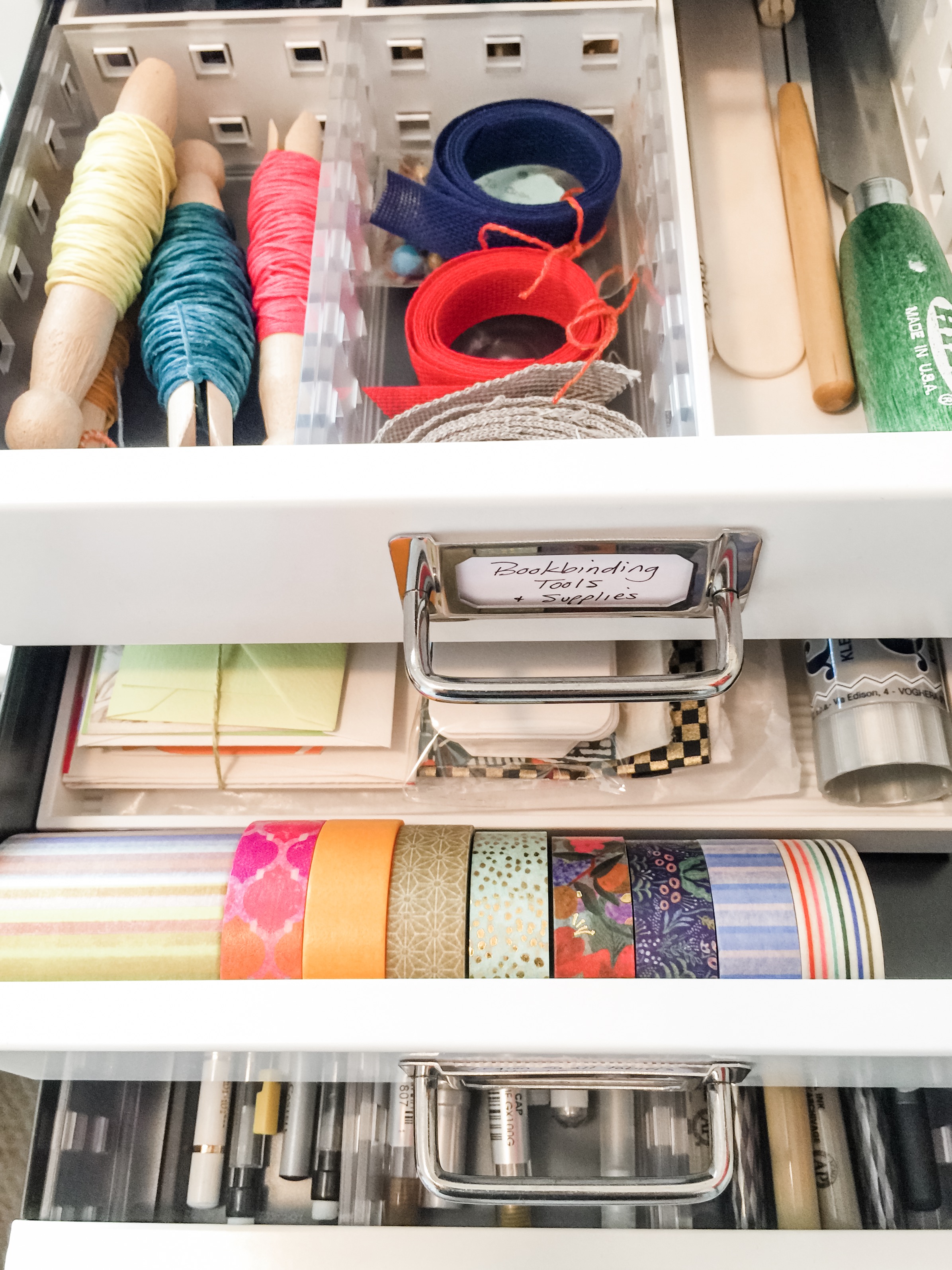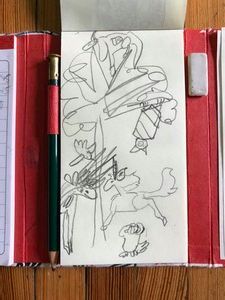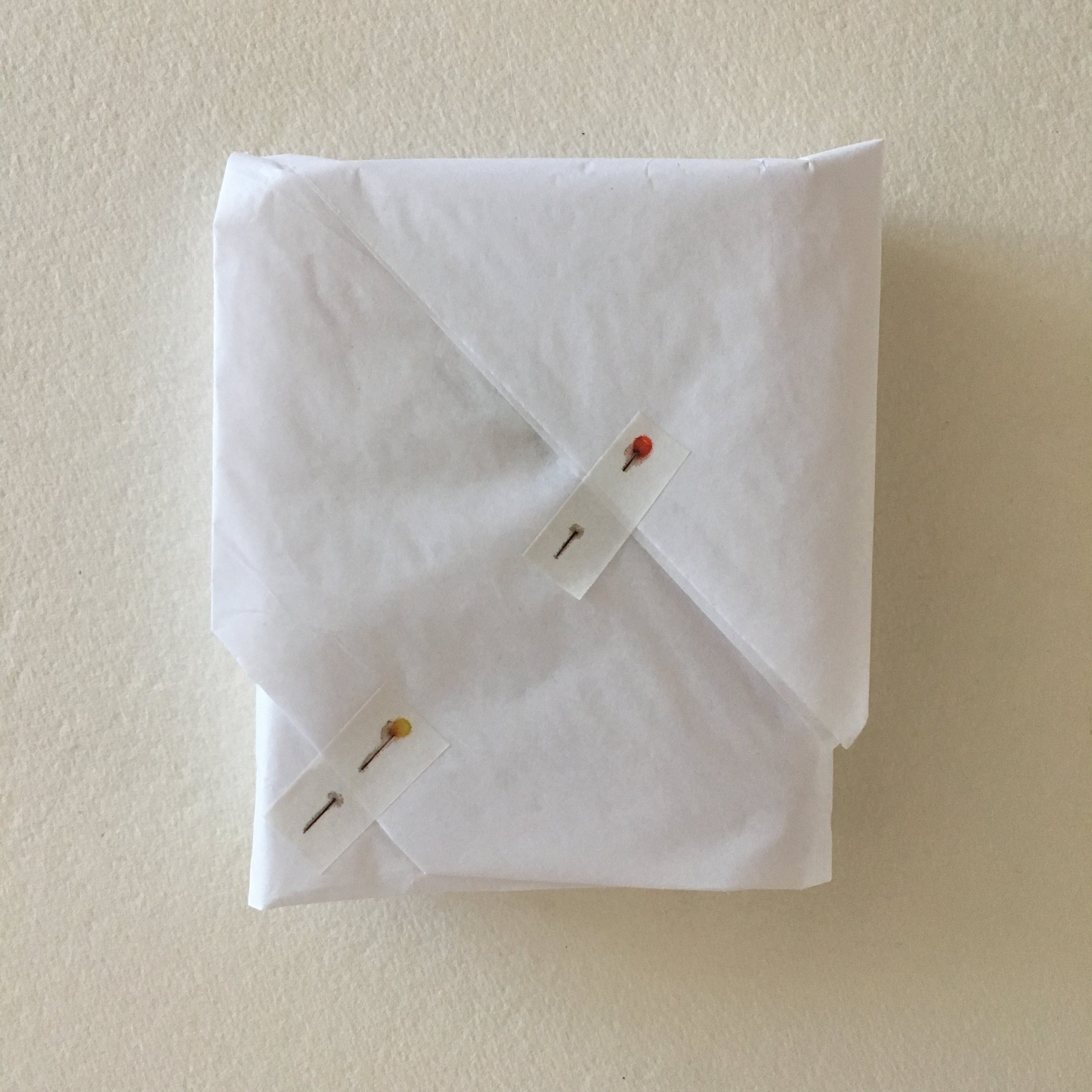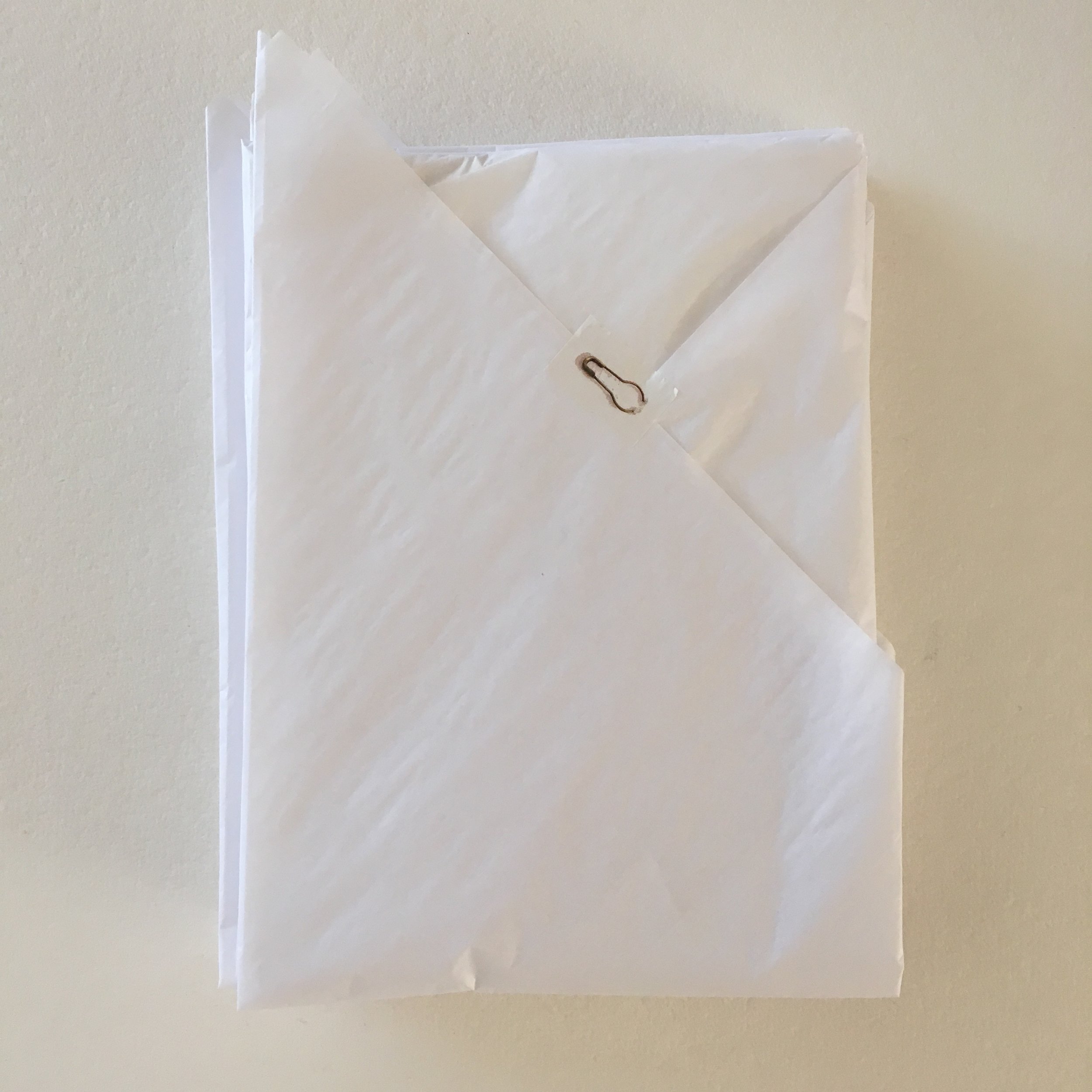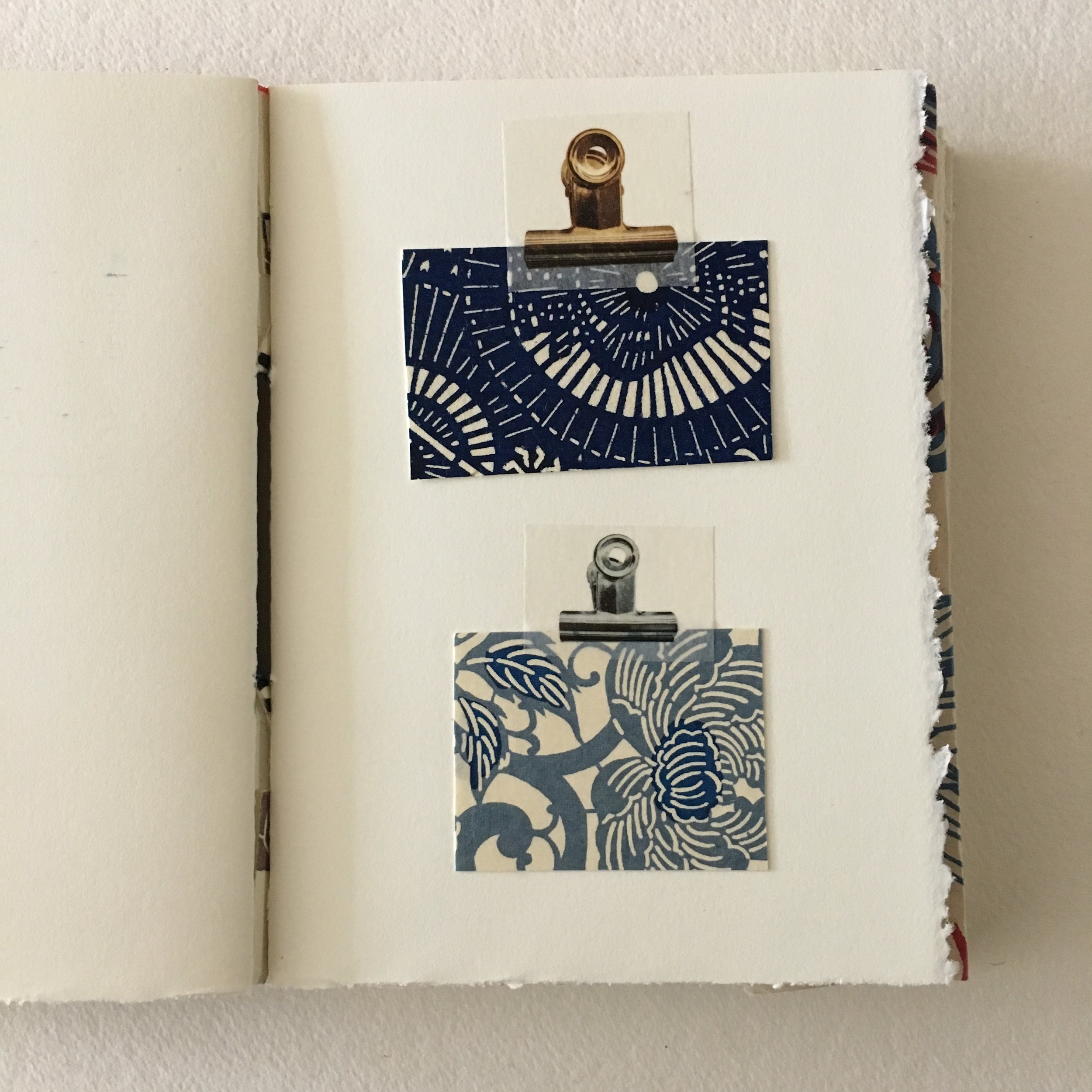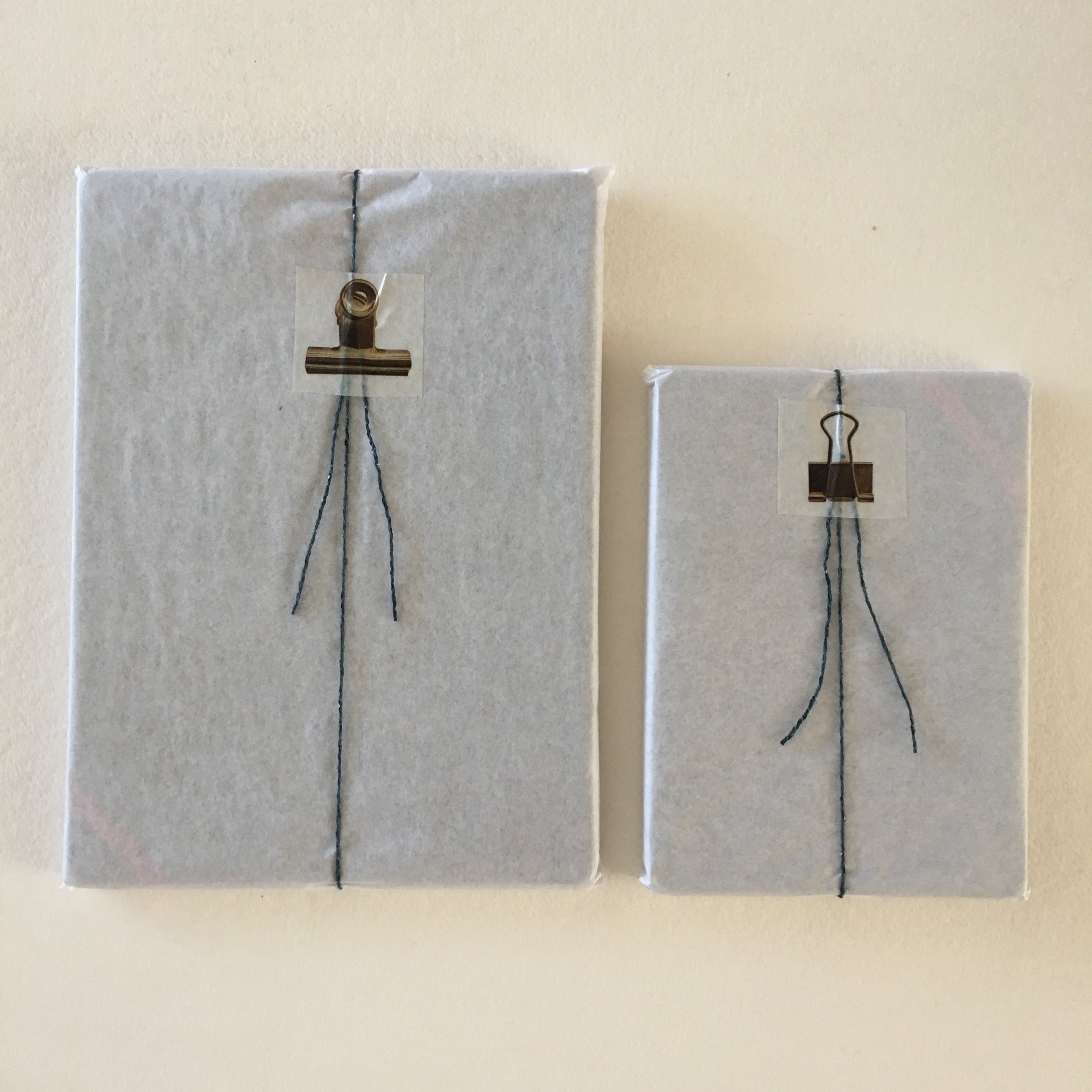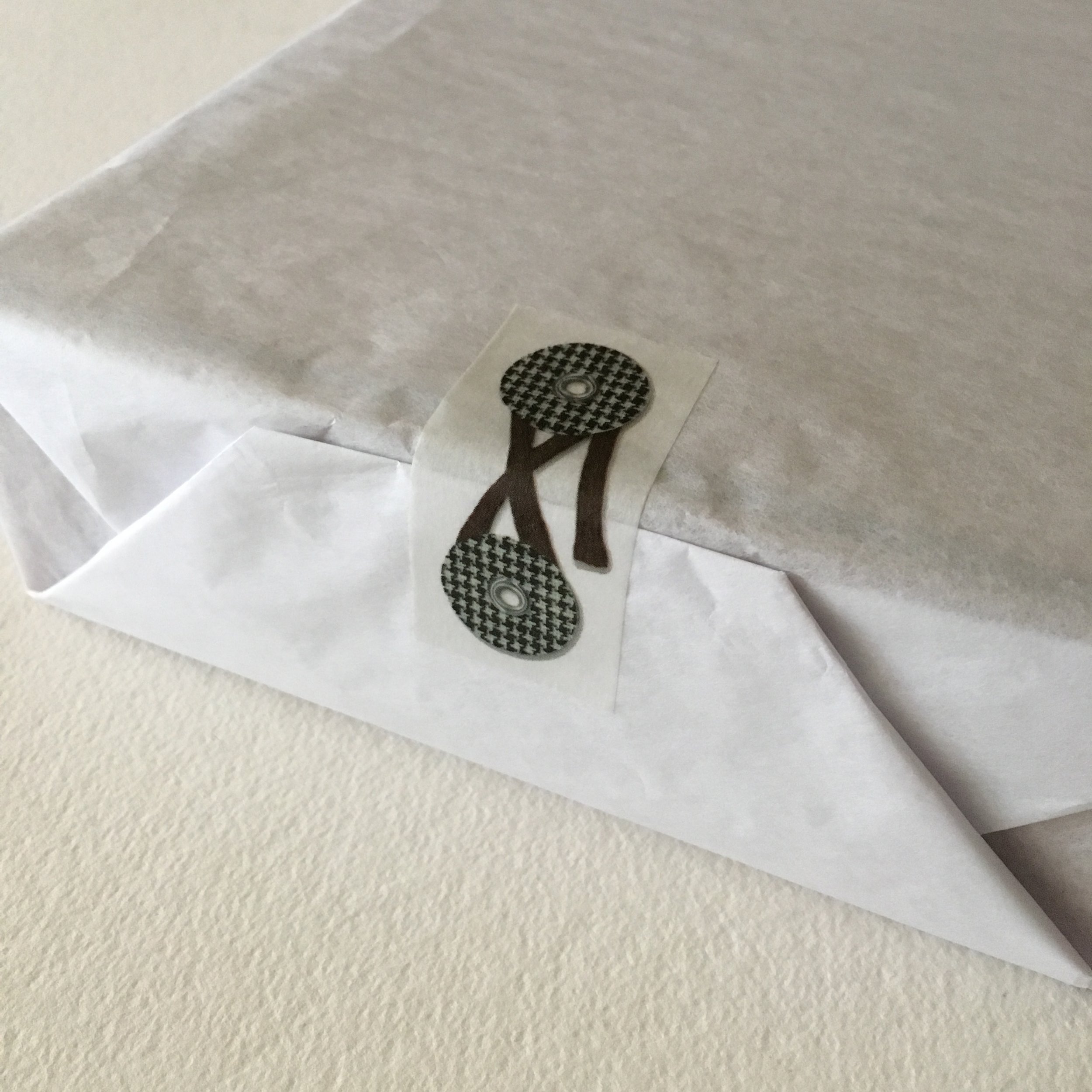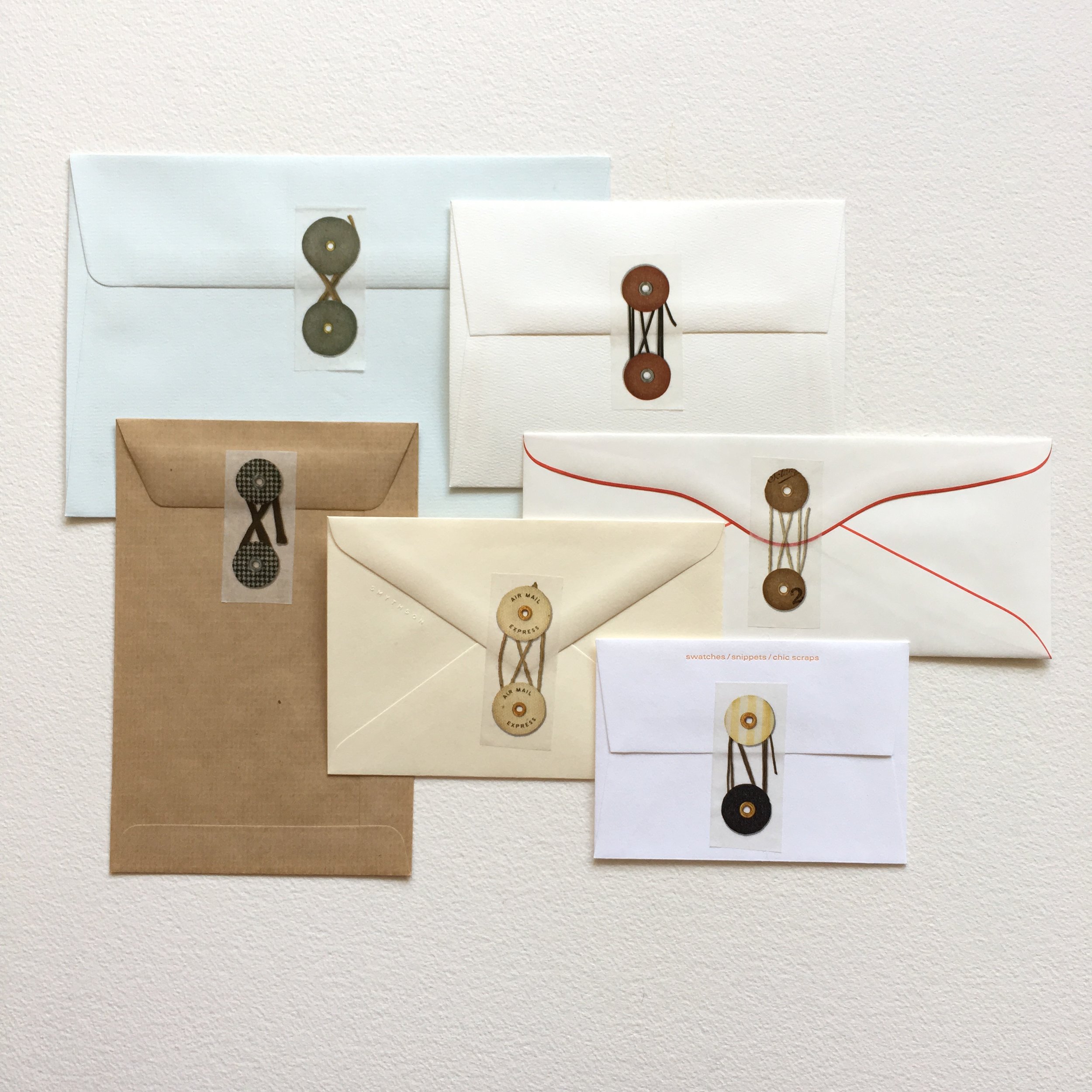Dear Everyone ~
As many of you know, I have an extreme fondness for paper scraps.
This dates back to my childhood, when my father would bring home
lovely leftovers for me from his printing plant — off-cuts, sample books,
and the occasional mis-print. I treasured these little stacks,
arranging and rearranging them in my stationery closet.
These days, I have a big bowl in my shop for little bundles of
scraps from my bookbinding and boxmaking projects.
They are available for browsing and for purchase.
And they give glamorous new meaning to the term scrap paper.
Great for noting and jotting and doodling while you are on the phone.
As a shopping list, they will inspire envy.
Each bundle is about an inch tall, regardless of paper size or thickness.
The baby bundles measure 2 x 3 or 3 x 4,
and each is a single paper type.
The 6-ish x 9-ish bundles are a blend of scraps.
Most of the papers are European, in shades of white and soft white:
watercolour papers; some Saint Armand; assorted heavy drawing papers
(Stonehenge, Arches, Fabriano); and Hahnemuhle Bugra in various colours.
I have just added these paper bundles to my on-line shop,
so that those of you who cannot come by … can consider them for trick-or-treat
(or stocking stuffers). I (or you!) can add a half pencil wrapped in Japanese paper
in the knot of the ribbon or yarn, for an even dressier look.
Each bundle is one-of-a-kind, so I will select for you.
In the larger size, you have a choice of a ribbon/yarn wrap
with a vintage postage tag or a Japanese-paper covered big butterfly clip,
with a vintage postage tag.
I tie all the baby bundles with yarn and a tag.
Scrap Bundles
Half Pencil with Rosy Eraser
Scrap happy,
Bari
